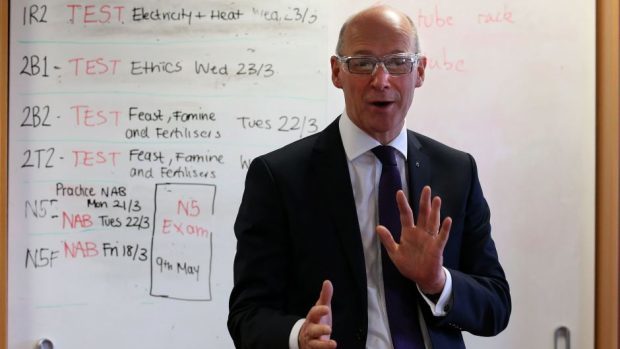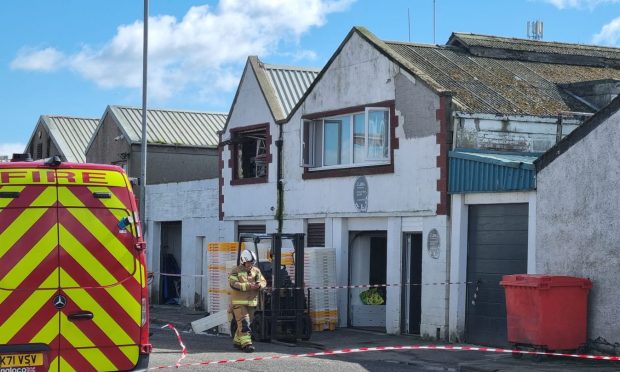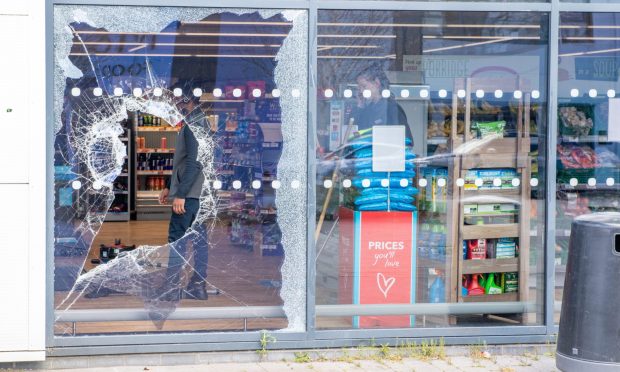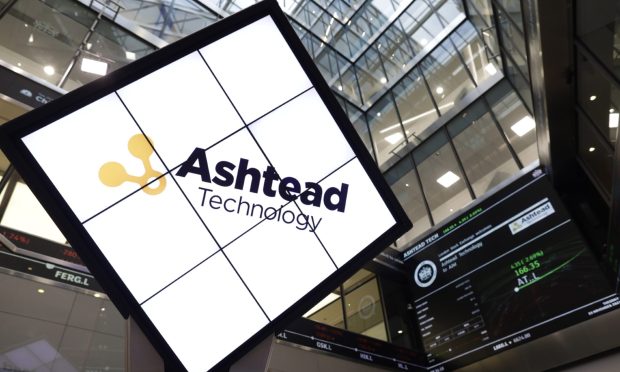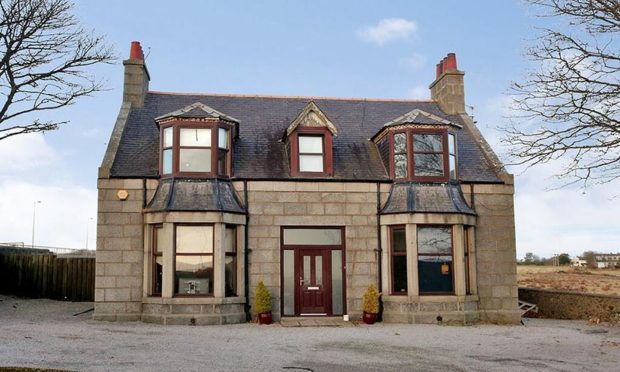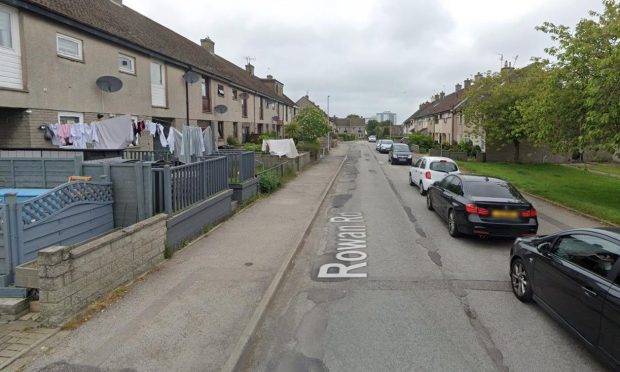Lessons could be beamed into classrooms from other parts of the country in a bid to cope with desperate teacher shortages, Education Secretary John Swinney has suggested.
It could mean remote learning schemes developed to help remote rural areas being extended to recruitment crisis-hit towns and cities.
Mr Swinney said his priority remained attracting more people into the profession but conceded that other solutions had to be considered.
“It’s not an either or,” he argued, while speaking exclusively to the Press and Journal at the SNP spring conference in Aberdeen over the weekend.
“It’s about recognising there are different ways in which we can address this particular problem and all of them have a contribution to make.”
The P&J revealed last week that there are a record 137 unfilled posts in Aberdeen – up around 50% on August, with other councils dozens short.
Mr Swinney said schemes such as the virtual “e-sgoil” set up to broadcast lessons from Stornoway could provide a solution.
“It is designed to deliver education across the challenging geography of the Western Isles, but obviously that could be done to a much wider geography.
“We are encouraging local authorities to work together in that respect to ensure the resources we have in the teaching profession can be deployed in an effective way around the country.
“You can have young people having a proportion of their education driven by online learning and classes led digitally from one centre and deployed in others.
“But fundamentally we have to concentrate on increasing the number of teachers within the profession and that is occupying a significant amount of my attention.”
Mr Swinney said teacher training recruits were up six years in a row, and that he is looking to get people into the classroom more quickly without compromising standards.
“There is a lot of online learning undertaken in our society and we need to incorporate those elements into our system.
“But we must have a strong teaching profession that is able to lead that learning process and lead it with quality and inspiration.
But last night North East Conservative MSP Ross Thomson said the government was “clutching at straws”.
“Some parents will be horrified at the prospect of sending their child to school to take a lesson from a teacher appearing only on a video screen.
“It is one thing to make use of this technology in remote areas, but surely in Scotland’s third largest city, we should not have to resort to this.”
Aberdeen City Council’s education convener Angela Taylor said: “John Swinney should reflect on what parents and schools want and that is teachers in the classroom. This idea that we should teach via video link may work in the Western Isles where the population is sparse but it would not work in Aberdeen where we could have up to 30 in a class without adequate supervision.”
